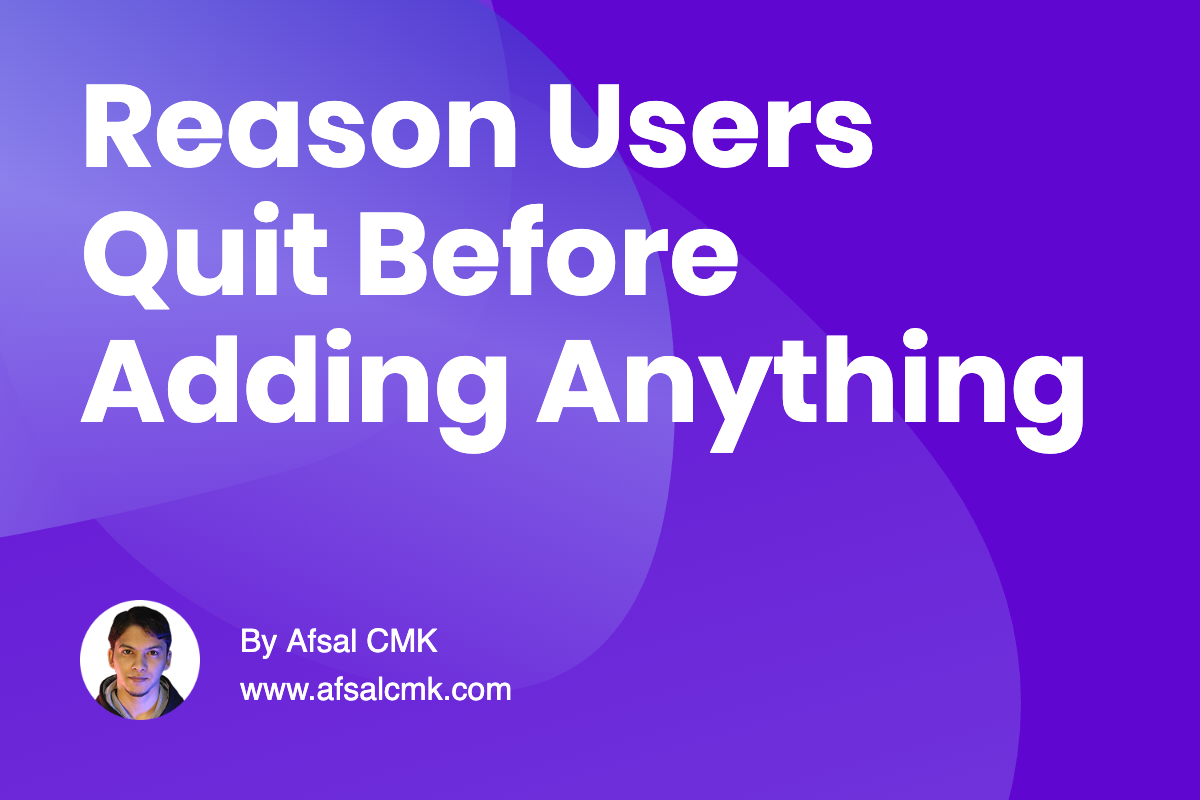
Reason Users Quit Before Adding Anything
I still remember testing a finance app where the dashboard was completely blank for first-time users. No hints, no guidance, just a clean slate that looked more like an error than a feature. Users sat staring, unsure what to do next. Some even thought the app was broken. That empty space, meant to feel minimal and sleek, actually pushed people away before they had a chance to experience value.
Empty states are often treated as an afterthought-something to fill in later once the core features are built. But in reality, they’re the first impression for many users. The very first-use moment is fragile. People haven’t yet formed trust, and they’re deciding whether your product feels useful or not. A strong empty state can show possibility, teach by example, and nudge users toward action. A weak one can make adoption stall before it even starts.
Think of empty states as an on-ramp. Instead of leaving users at a dead end, you’re showing them what’s possible and giving them the first step to take. This is where design can make adoption feel natural, guiding without overwhelming. It’s not about decoration-it’s about direction.
Show examples or placeholders so users see what success looks like.Add clear calls to action that lead to the next meaningful step. Keep the tone supportive, not instructive-invite, don’t lecture. Balance simplicity with just enough guidance to build momentum. Design empty states as intentionally as you design full states.
First-use moments shape adoption more than later features. If users find clarity and momentum right away, they’re more likely to stick around and explore. Empty states do the heavy lifting in those moments-making the difference between a product that feels empty and one that feels full of potential. Next time you design a flow, ask: what will the user see before they’ve added anything? That’s your chance to win them over from the start.